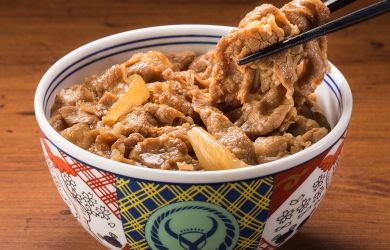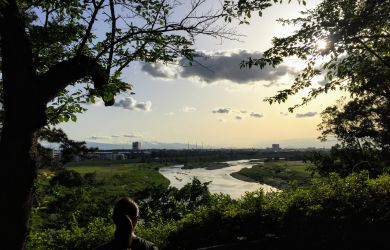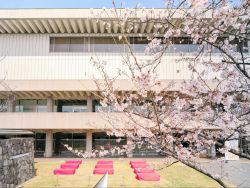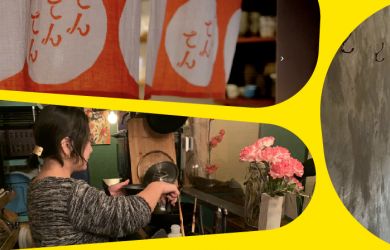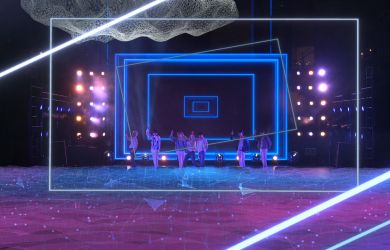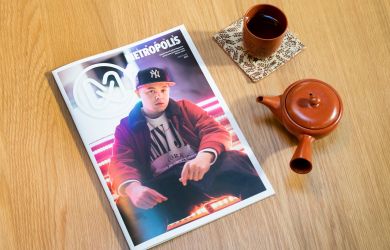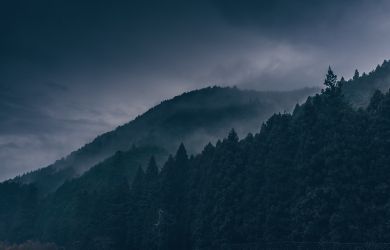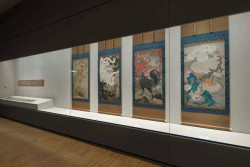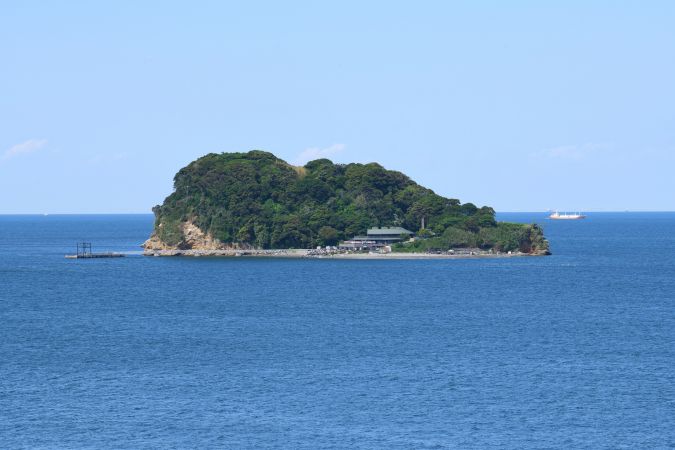
Sarushima, literally meaning “Monkey Island”, is Tokyo Bay’s largest and only natural island. The mossy stretch of land is completely uninhabited, dotted with mysterious ruins and tunnels left behind from the Edo and Meiji periods. Despite its curious history and wild landscape, Sarushima is only a short ferry ride away from the port of Yokosuka, making it an easily accessible and thoroughly unusual day trip from the city.
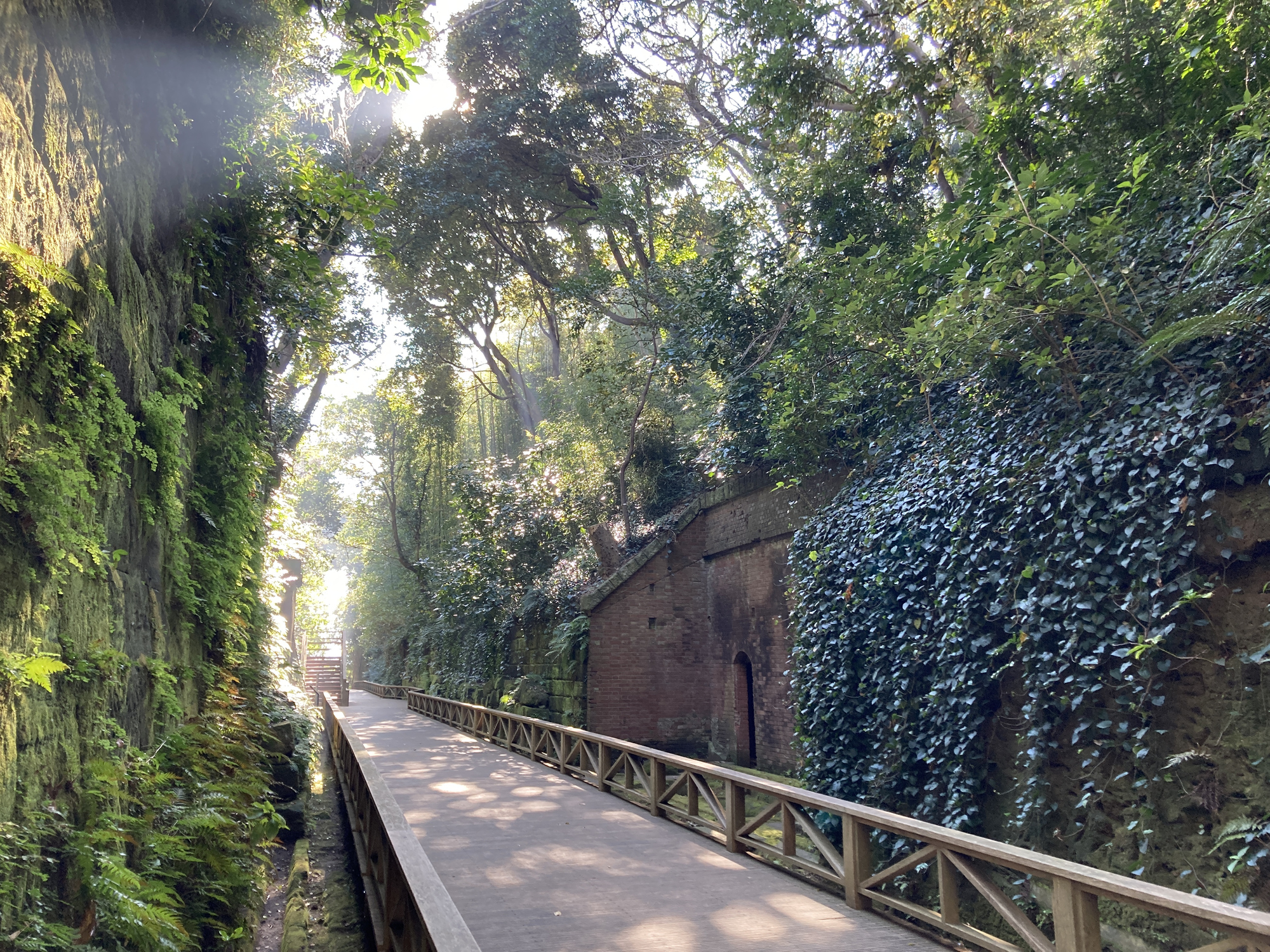
Getting There
Located off the coast of Yokosuka, Sarushima is a 15-minute walk from Yokosuka Chuo Station on the Keikyu Line to Misaki Pier. A ferry leaves from the pier every hour from 9:30 a.m. to 4:30 p.m., and a round-trip ticket with entry into Sarushima Park costs ¥2,000 for adults (¥1,750 yen for junior high schoolers, ¥1,000 for elementary schoolers). Tickets including guided tours are available for an additional ¥600. Starting in March and ending in October, the tours are held hourly from 9:50 p.m. to 3:50 p.m.
Monkey Island and its History
The origins of Sarushima date back to the Kamakura period (1185-1333). Legend has it that a white monkey appeared before the famous monk Nichiren as he prayed to be saved from his sea-tossed ship during an unexpected storm. The monkey pointed to what is now Sarushima, and Nichiren was able to swim and find shelter in one of the island’s caves. Though there have been no monkey sightings on present-day Sarushima, the Nichiren’s cave is rumored to be hidden somewhere at the far end of the island.
Sarushima is well-known as Japan’s first battery island. In the Edo period (1603-1867), the arrival of “Black Ships” led by American Commodore, Mathew Perry, prompted the shogunate to build forts on Sarushima and closely monitor the surrounding shipping lanes. After the Meiji Restoration in 1868, a Western-style gun battery was built by the Imperial Japanese Army to protect Tokyo Bay.
Later, during World War II, the island was used as a defensive fortification. Many soldiers were stationed here and placed anti-aircraft guns to prepare for enemy attacks. However, these facilities were never put to use and were eventually removed by the U.S. military after World War II. The island developed as part of the Yokosuka Navy Yard, and only opened to the public after it was returned to the Japanese government in 1961, enabling visitors to tour what had become battery ruins and a dilapidated military base.
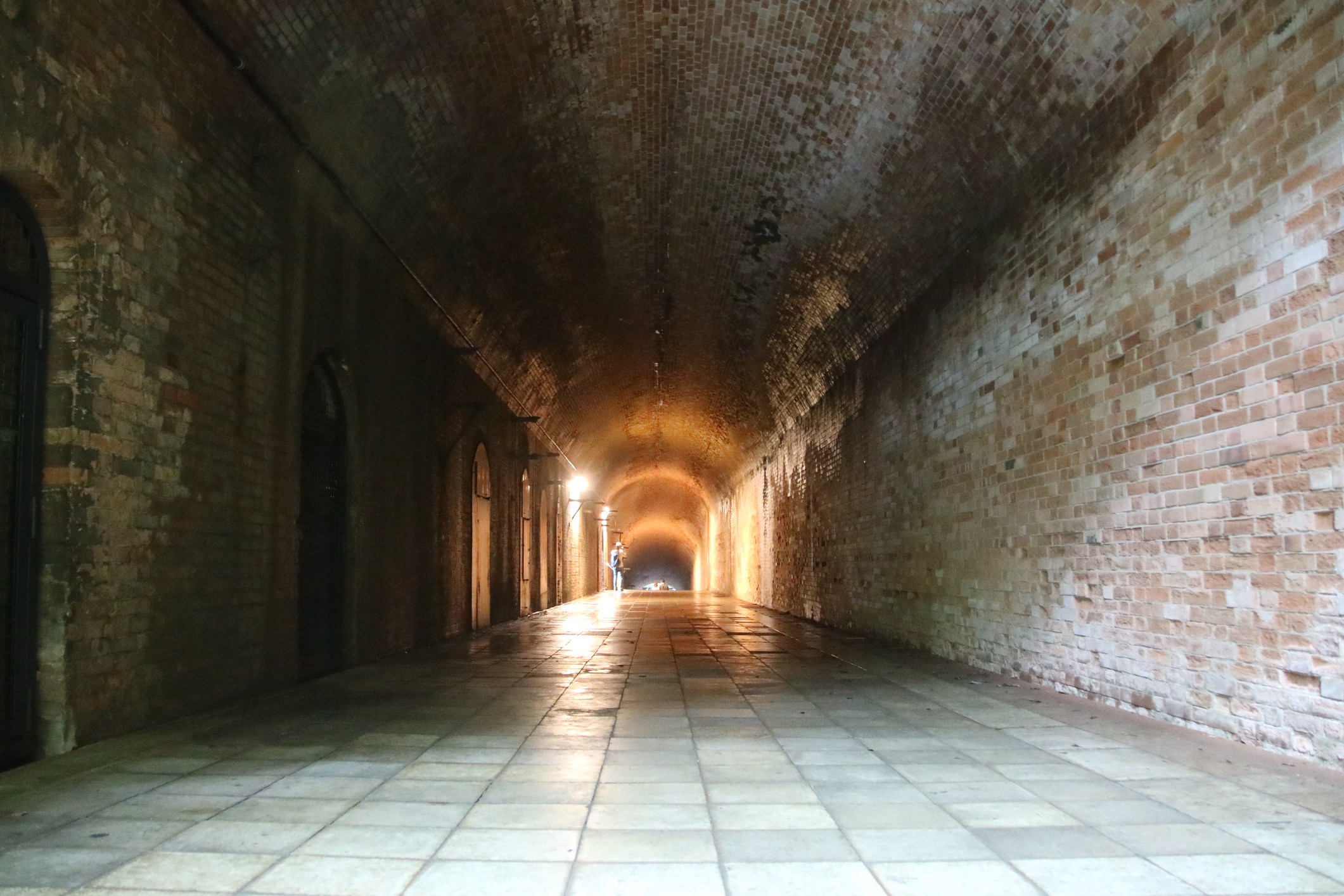
Must-Sees
- Electric Power Plant
The chimney of a stark, mortar-coated building is visible as soon as you step onto the island. This is the electric power plant, which originally used coal and steam to generate power for its tunnels and searchlights. It still operates today, providing electricity to the administration building and other facilities around the island.
- Flemish Bond Brick Walls
Sarushima’s fortresses are some of the only buildings in Japan where you can spot traditional European brickwork. The brick walls on either side of the wooden pathways were built in the mid-Meiji period, using high-quality red bricks produced in Aichi Prefecture. Many of these walls were built using a bricklaying pattern called the Flemish or French-style bond. This pattern is made by alternately laying headers and stretchers in a single course of brick.
- Tunnel of Love
Another stand-out feature of Sarushima is its excavated earthen tunnel. At the end of the island’s wooden path lies what is now known as the “Tunnel of Love,” so named as nervous couples hold hands to pass through the unnerving dimly lit interior. It has an arched entryway built with the same Flemish brick bond pattern as the fortresses and stretches for 90 meters of darkness. Along the tunnel are remains of ammunition storage rooms used during the war, and its winding paths make it near impossible to see through to the other side.
- Battery Relics
Round relics are dotted around the island, peeking through lush greenery that has now reclaimed the land as its own. These were built to serve as platforms for mounting artillery during World War II. However, they were never used, presumably due to the range of the artillery being shorter than fighter planes, and because the construction of more modern batteries capable of targeting ships and aircraft was not completed in time.
- Sarushima Beach
After exploring the ruins, head to the beach on the Yokosuka side of the island. This is a popular spot in the summer for families and Yokosuka locals to enjoy swimming and beach barbecue. Nearby is an area to rent barbeque grills, a small shop selling drinks and food, and wooden decks and picnic tables offering a view of Tokyo Bay.
